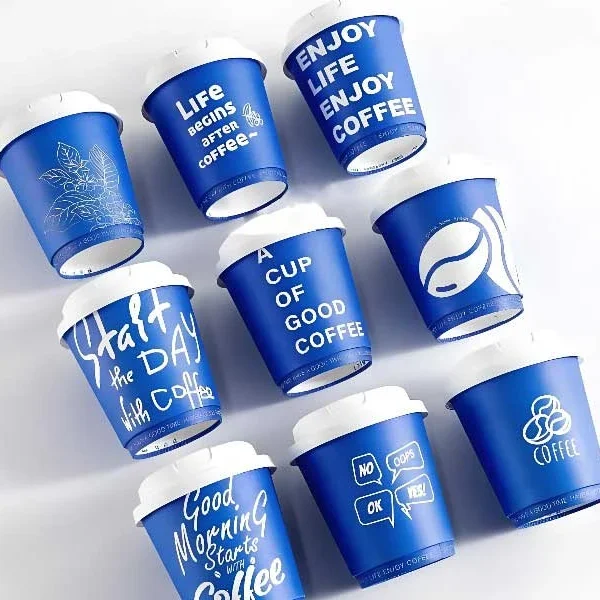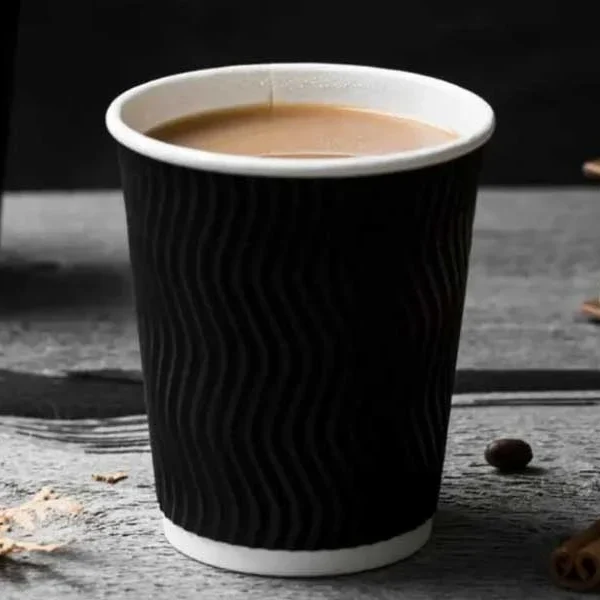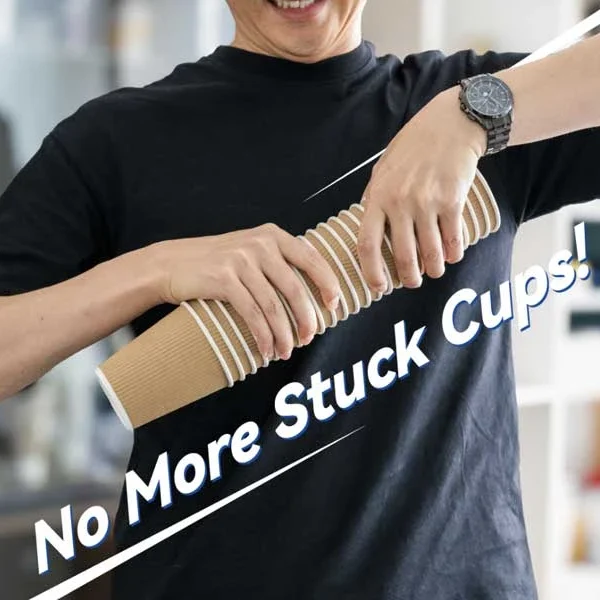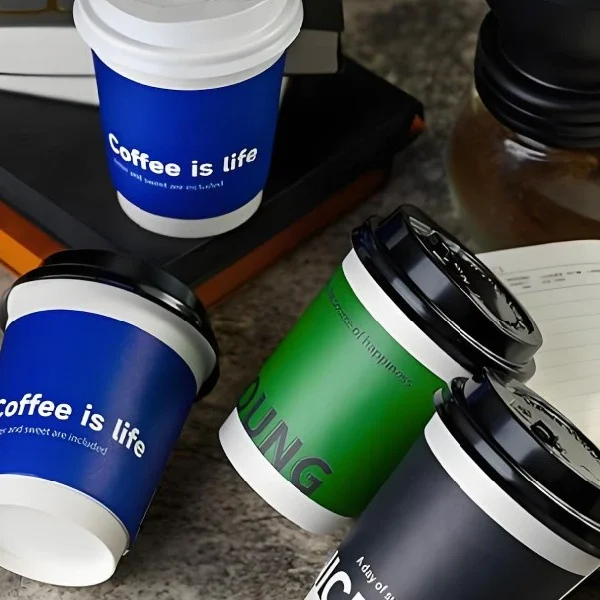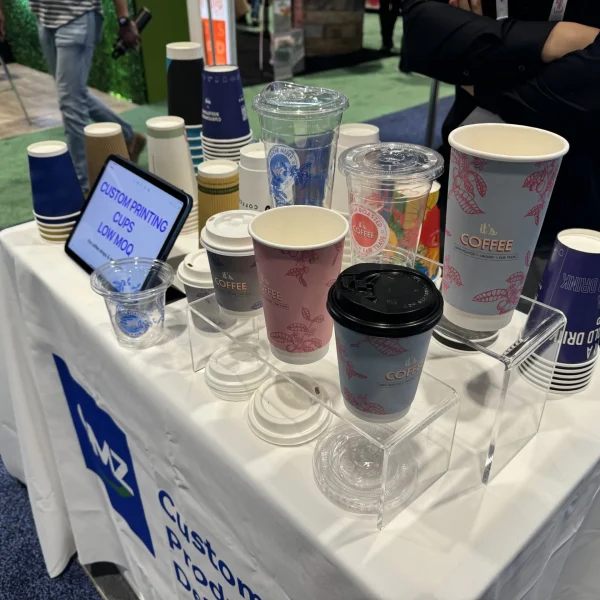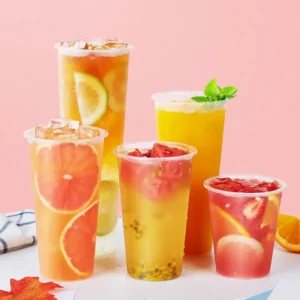If there is something everyone can agree on, it’s that culinary made easy is a new trend. So, it’s no wonder why food trucks have grown in popularity. Those who own a food truck know how essential food packaging is. It creates the entire experience for customers. Those eating at a food truck want to quickly take their food to go- so understanding the correct way to package the food is essential for any food truck business owner.
This guide will explain all the necessities you will need, as a food truck owner, regarding packaging to ensure that all customers leave with a to-go package that satisfies their experience at your truck.
Food Containers
It’s no surprise that you’ll need disposable food containers. The choice of container is up to you, but make sure you have a plan for what overall container you will use to serve the food on your truck.
Title for This Block
Title for This Block
Description for this block. Use this space for describing your block. Any text will do. Description for this block. You can use this space for describing your block.
FAQ:
Q: What type of containers are there?
A: There are many different types of containers, but some common ones are:
- Plastic containers
- Foam containers
- Paperboard boxes
- Eco-friendly
- Tamper-Evident To-Go Containers
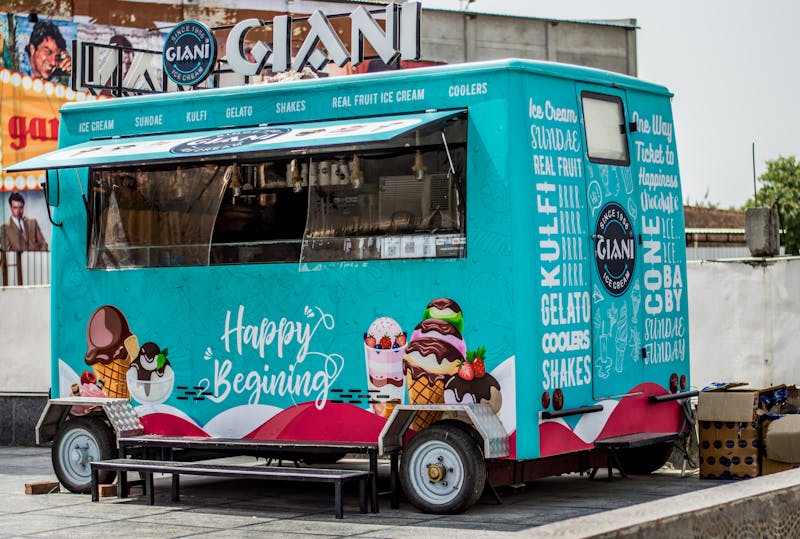
Disposable Utensils
Disposable utensils are an essential packaging product for food trucks. If an individual goes to a food truck, they want to be provided with a quick and efficient way to eat their meal, and disposable utensils will help to make this happen.
FAQ:
Q: What are some of the leading manufacturers of disposable utensils?
A: Some of the best disposable utensil manufacturers for food trucks are:
- Ancheng
- PacknWood
- SmartPack
- Wow Plastics Inc
- Kim Ecopak
Cups
Food truck owners will also need to consider the cups they will use for the beverages sold at the truck. First, consider the cup type, and then select the manufacturer you feel will best package the beverages.
FAQ:
Q: What types of cups are out there?
- Compostable cups made from plant-based materials
- Paper cups
- Disposable plastic cups
- PET Cups
Q: What are some of the best manufacturers of disposable cups?
- Longbehn
- PolyER
- GMZ
- Separ
- Genpak
Food Bags
Food packaging can only go so far if the customer can’t carry the food to-go. So, food bags will be another packaging necessity for food truck owners.
FAQ:
Q: What are some types of to-go bags for food truck owners?
A: Some of the types of to-go bags are:
- Paper bag
- Plastic bags
- Eco-friendly plastic bags
- High-Density Polyethylene Bags
- Low-Density Polyethylene Bags
- Linear Low-Density Polyethylene Bags

Lids and Straws
Packaging a drink in a cup is irrelevant if no lid or straw accompanies it. Food trucks need to have a plan for the lids and straws that customers use to cover and sip the beverages sold.
FAQ:
Q: Who are some of the leading lids and straw manufacturers?
A: A few of the leading manufacturers of lids and straws are:
Amhil
Stone Straw
Atar
GMZ
Laikoe
Condiment Packaging
Food trucks are likely to have condiments, which can often make the meal. A food truck owner needs to plan how those condiments will be packaged to-go.
FAQ:
Q: What are some examples of condiment packages?
A: Examples of types of condiment packaging are:
- Roll stock
- Fitment Pouches
- Cups
- Trays
- Sachets
Wrapping Materials
Many of the products sold on food trucks need the proper wrapping to be packaged well enough to keep the food fresh. So, wrapping is another packaging essential for any food truck owner.
FAQ:
Q: What are some common types of wrapping materials?
A: Some common types of wrapping materials for packaged foods are:
- Bamboo wraps
- Parchment paper
- Banana leaves
- Wax paper
- Aluminum foil
Labels + Stickers
Labels and stickers are often overlooked packaging essentials for food truck owners. They keep items organized and allow branding to be recognized.
FAQ:
Q: What labels or stickers will food trucks use to package the food appropriately?
A: Examples of food packaging labels or stickers are:
- Customizable Stickers
- Adhesive tags for packaging
- Pre-printed labels
Napkins
Food trucks typically serve the best food, but it tends to be messy. Customers will definitely want to grab some napkins to accompany the packaged meal.
FAQ:
Q: What types of napkins can food trucks give customers?
A: A couple of examples of napkins are:
- Recyclable paper napkins
- Regular paper napkins
- Reusable cloth napkins
Extras
Food trucks should consider how they can improve their packaging to stand out from the rest. It is a fun addition to the packaging to add a bonus feature that customers will remember about the food truck.
FAQ:
Q: What are some examples of extra packaging essentials?
A: Some examples of extra accessories that food trucks can consider part of their packaging necessities are:
- Gloves
- Hand sanitizer
- Koozies
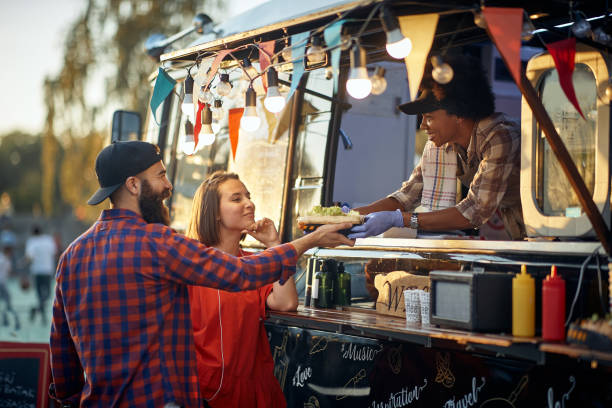
Why Does the Packaging Matter?
Below is a list of reasons why the above packages are needed:
- The packaging impacts how fresh the food remains.
- Food trucks are a to-go business, so the packaging is more critical than ever.
- The packaging for food trucks impacts how simple eating the food is for customers.
- The lack of packaging and/or wrong package choices could determine if the customer comes back.
- Food trucks can’t correct function without the packaging features because it is meant to work as a convenient eatery for customers.
Let’s Reflect
Understanding the packaging necessities for a food truck is essential to owning the business. Food trucks are successful when they have efficient packaging that makes the process of eating the food simple.
Here’s a checklist of what you’ll need in order to complete the packaging for your food truck:
- Food containers
- Disposable Utensils
- Cups
- Food bags
- Lids and Straws
- Condiment Packaging
- Wrapping Materials
- Labels + Stickers
- Napkins
- Extras
This guide provided an overview of the most critical decisions regarding the packaging for all food trucks. As a food truck owner, use the above checklist when preparing the packaging for your company. Use the FAQs to decide on the different types of packaging choices as well as the different manufacturers that provide these packaging necessities.

